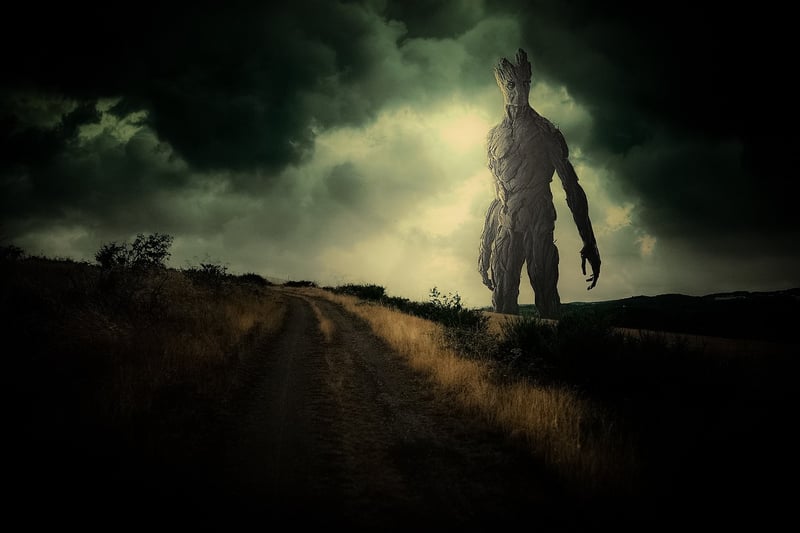Dystopian Worlds
Exploring Dystopian Worlds Through Time
Throughout history, humanity has been fascinated by the concept of dystopian worlds - societies characterized by oppression, suffering, and dehumanization. Let's embark on a journey through different eras and explore how dystopian visions have evolved over time.
Ancient Civilizations
Ancient civilizations like the Roman Empire or Mesopotamia had their own versions of dystopian societies. In these worlds, power struggles, slavery, and inequality were prevalent, painting a grim picture of life for many.
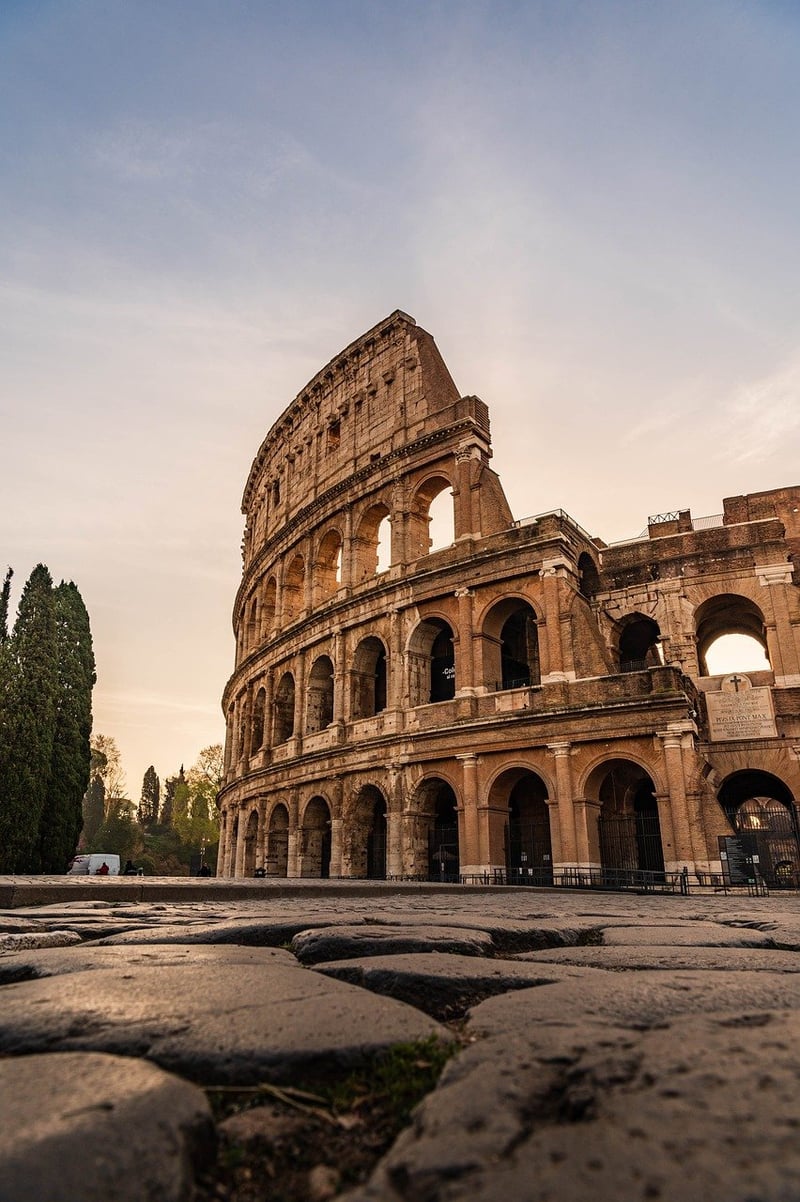
Industrial Revolution
The Industrial Revolution brought about rapid technological advancements but also led to harsh working conditions, exploitation of laborers, and environmental degradation. Authors like George Orwell's "1984" and Aldous Huxley's "Brave New World" reflected these concerns in their dystopian novels.
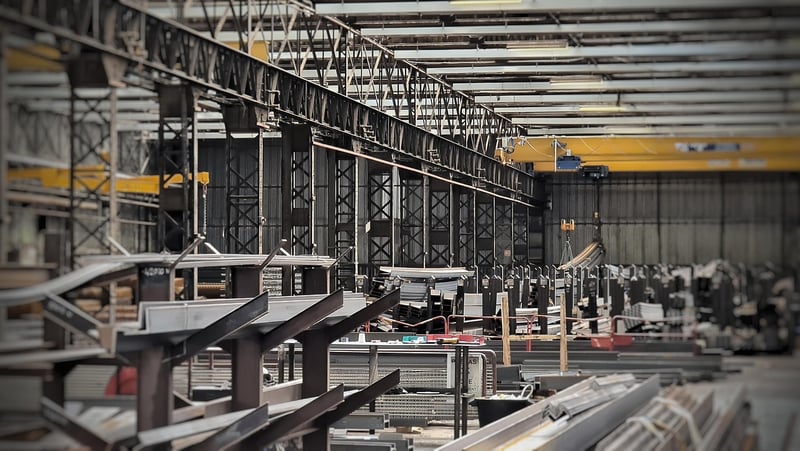
Modern Times
In the modern era, concerns about surveillance, government control, and loss of individual freedoms have shaped contemporary dystopian narratives. Works like "The Hunger Games" by Suzanne Collins or "The Handmaid's Tale" by Margaret Atwood explore these themes in detail.
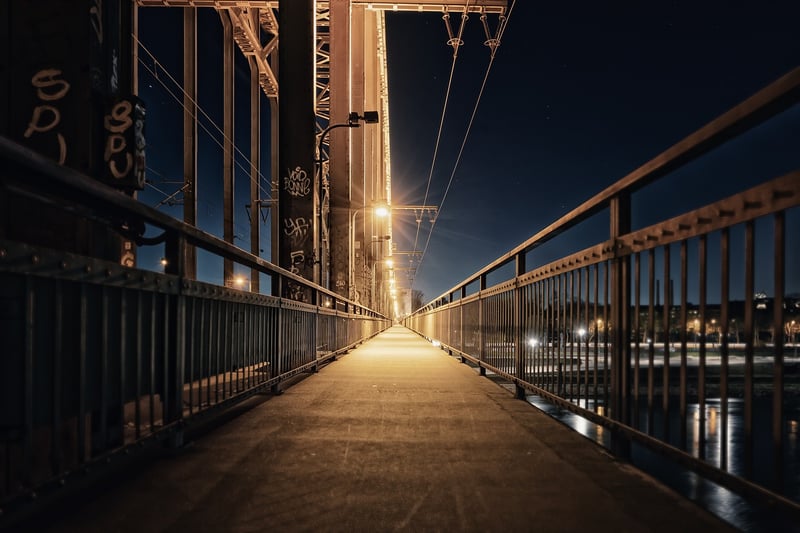
Future Visions
Looking ahead, as technology continues to advance rapidly, new dystopian possibilities emerge. Concepts like artificial intelligence, genetic engineering, and climate change present fresh challenges that authors and filmmakers are eager to explore.
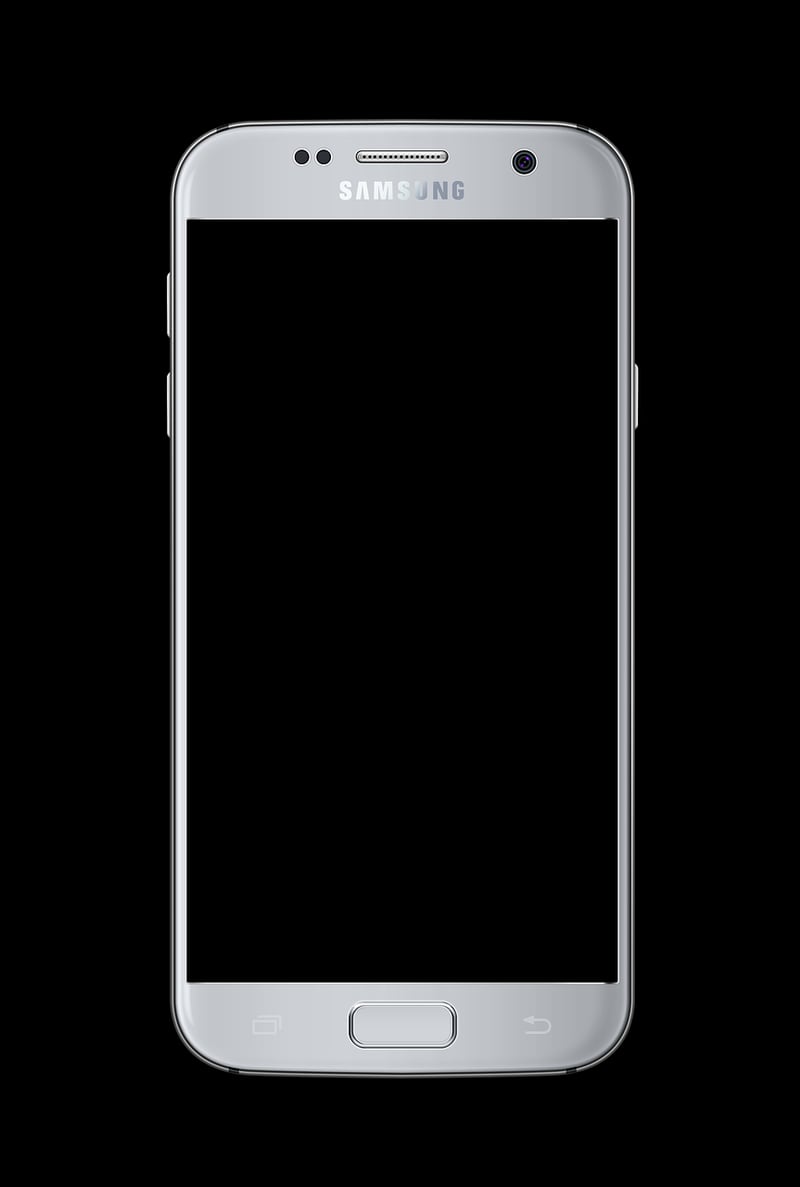
Conclusion
By examining dystopian worlds across different time periods, we gain a deeper understanding of the fears, hopes, and uncertainties that have shaped human societies. These narratives serve as cautionary tales and reflections of our own reality, urging us to strive for a better future.
So, let's continue to explore these fascinating worlds, learn from them, and perhaps, create a more utopian vision for generations to come.
